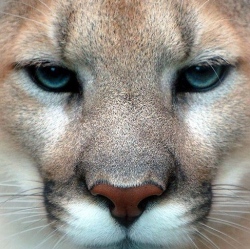
About 12,000 years ago or so, at the end of the last ice age, many giant species, including woolly mammoths, woolly rhinos, and saber-toothed cats, disappeared. Proposed causes have included everything from climate change and the spread of humans to virulent diseases.
The latest salvo in the debate, the first to look at species-level data on a country-by-country basis worldwide, pins the blame largely on humans. The researchers looked at the pattern of extinctions for 177 species of mammals weighing 10 kilograms or more between 132,000 years ago (the height of the next-to-last ice age to strike the Northern Hemisphere) and 1000 years ago (a time at which the ecological effects of human exploration and expansion became unquestionable).
The proportion of large mammal species that died out during that interval was most closely related to the global expansion of humans, the team reports online today in the Proceedings of the Royal Society B. Despite that link, the researchers say, it’s not clear from this analysis whether humans directly wiped the creatures out by hunting them or merely changed their habitats (by burning the landscape to clear it for hunting or other activities) so much that they couldn’t survive.
